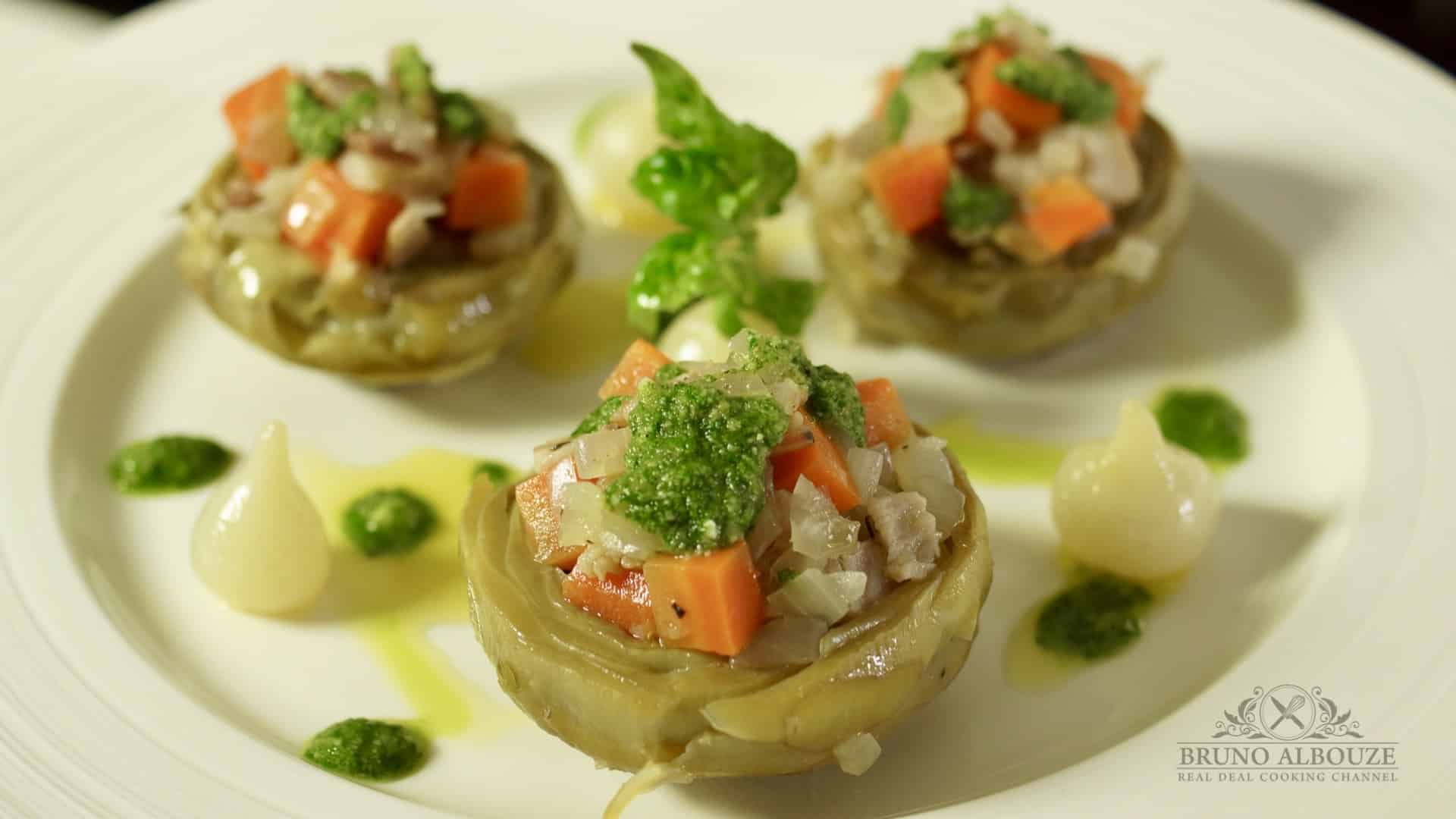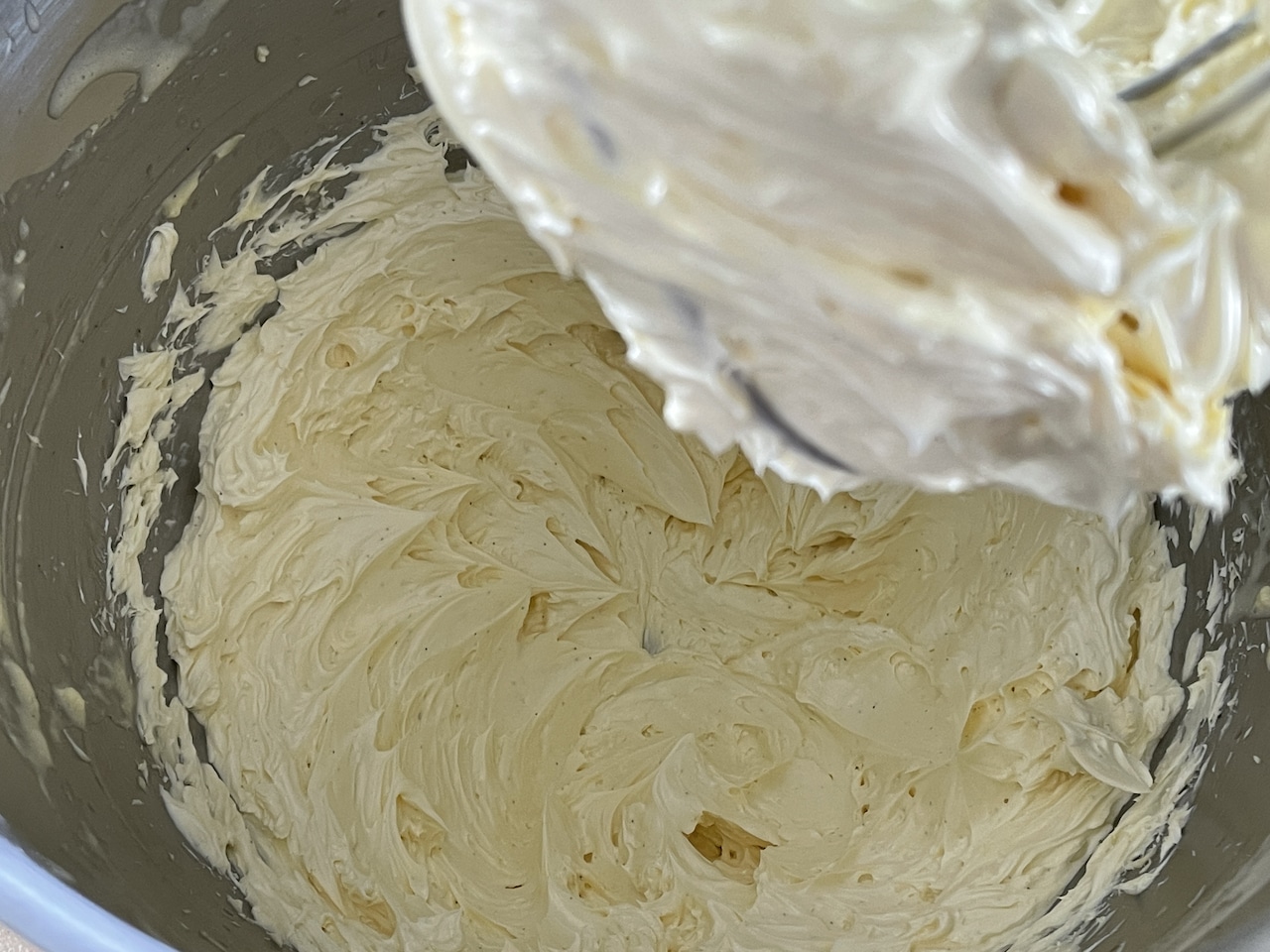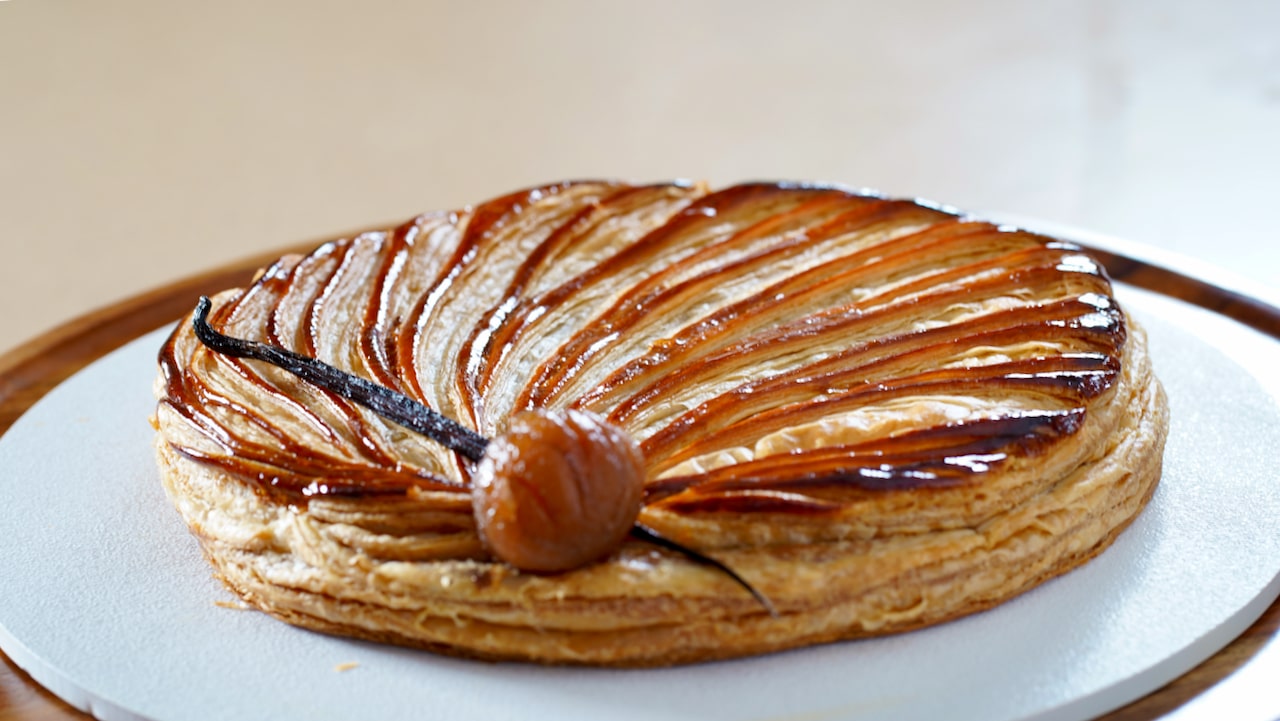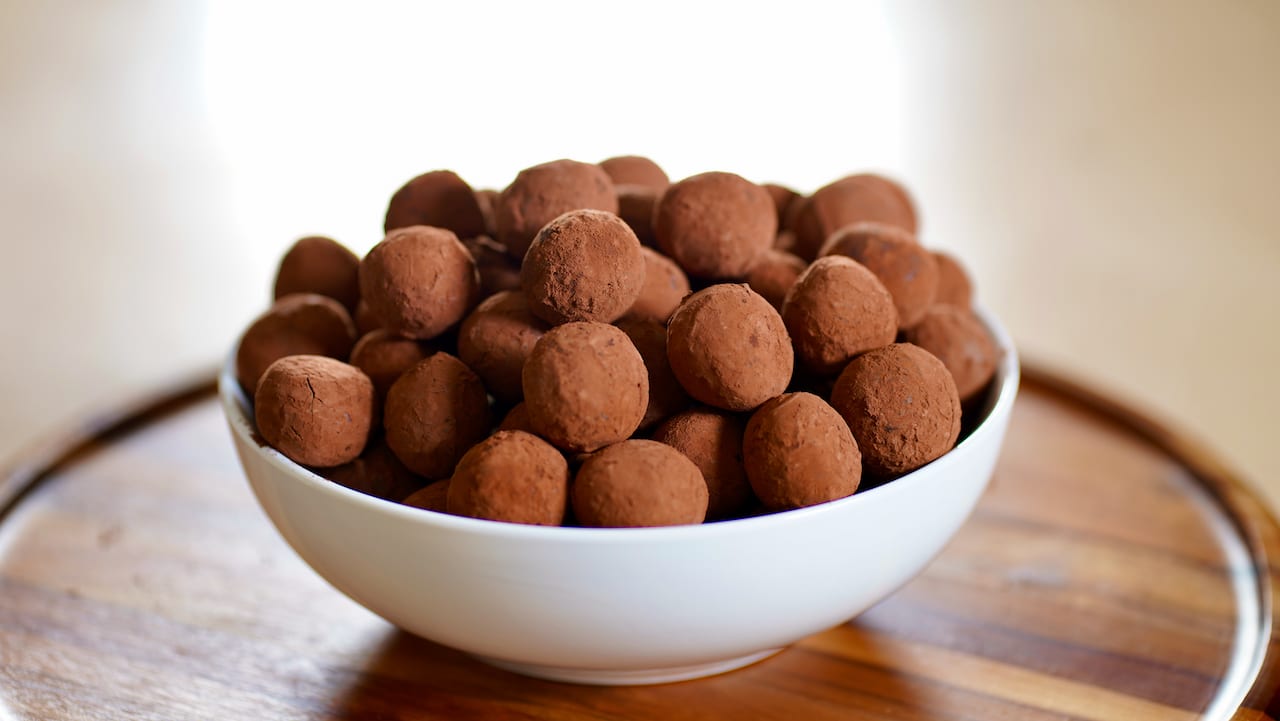Rum Baba
Please note: This recipe is part of the Premium section.
This classic French dessert, known as "baba au rhum" or "savarin," has a rich history dating back to 1835 in the bustling streets of Paris. Imagine a small, yeasty cake soaked in a decadent syrup infused with passion fuit, spiced rum, and topped with a luscious vanilla pastry cream and whipped cream? adorned with exotic fruits to elevate the experience. Rum babas are as versatile as they are delectable. They can be crafted into elegant petits fours for a touch of sophistication, served as individual pastries for a delightful treat, or prepared as grand, show-stopping cakes for special occasions.
Please note that the full access to this content needs a "Year at the table" subscription: please sign up.
A 18th century French Delicacy
This recipe is a protected and only available for paid members. To obtain the full step by step recipe and detailed ingredients list, please sign up.
Preview the recipe
- This recipe yields 60 mini savarin (12g) or 25 servings (30g) or make one large cake. Use cooking spray to grease molds.

Baba Dough
- In the stand mixer fitted with the paddle attachment, mix flour with butter, salt, and instant yeast. If using fresh yeast, add it to the honey and eggs.
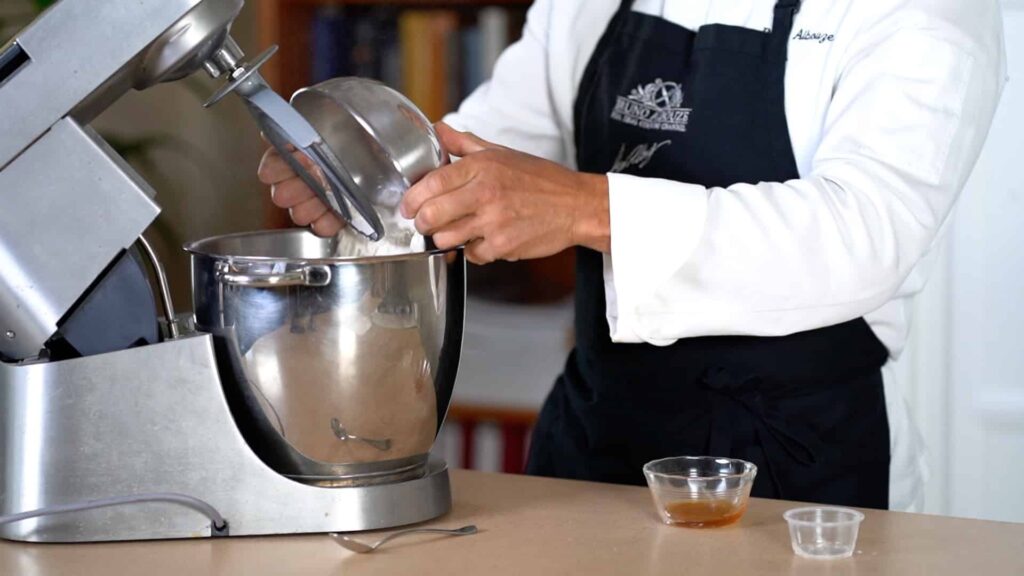
- Mix on low speed until it comes together.

- Turn off mixer and scrape down the sides of the bowl.
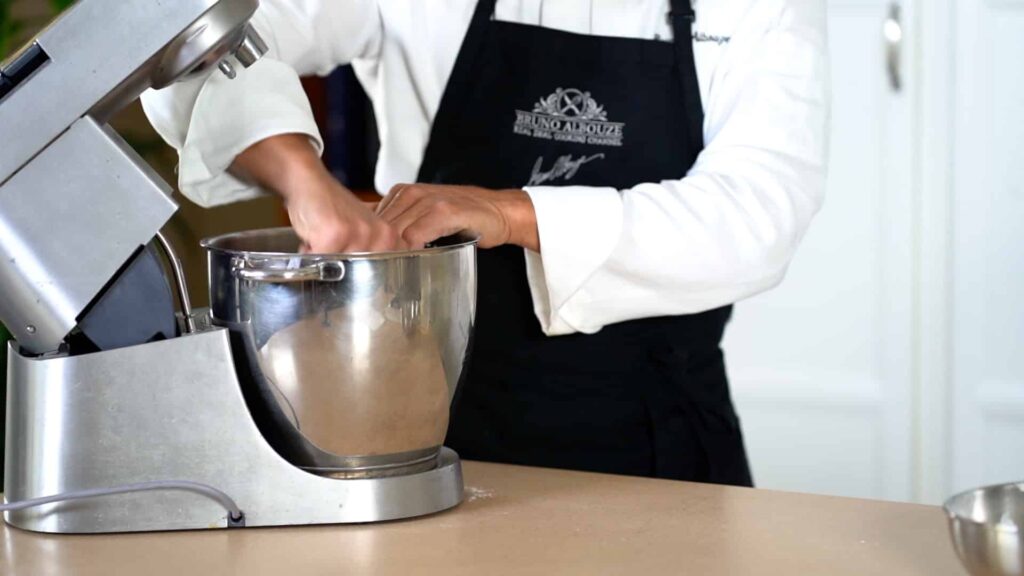
- Turn mixer back on, increase speed to medium-high, and mix for 10 minutes.

- The more the dough is mixed, the more gluten is developed. This causes the dough to become elastic and stretchy. If baba dough isn’t properly mixed, it will likely break once soaked in syrup. Cover dough, let rest 15 minutes.

- Use a piping bag fitted with a plain open tip to fill up baba molds. To ease the procedure, use wet scissors to cut off dough as you go.

Proofing Babas
- Mini babas and serving portions typically don't require additional proofing time after shaping because their small size allows them to rise quickly during baking. Larger babas/cakes (e.g., a single large bundt-style baba) may need 30 minutes or more of rising after shaping to ensure proper expansion before baking.
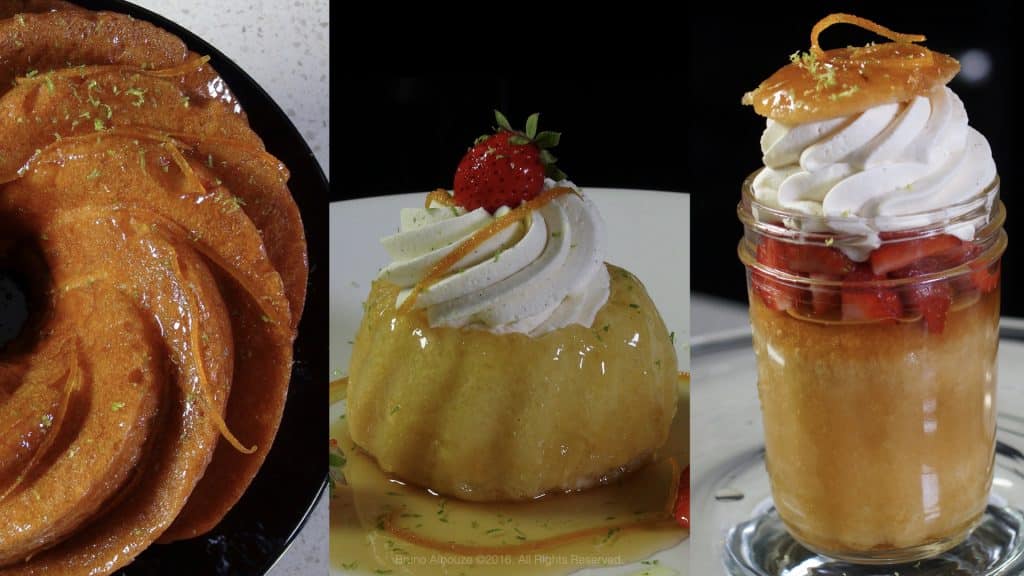
Baking
- Bake mini baba at 375ºF/190ºC for about 20 minutes. Rotate baking tray halfway through. Lower oven temp to 350ºF/180ºC if using fan oven.

- Flip babas and put back in the oven for a few more minutes if needed. Note that larger baba takes longer to cook.

- Let cool, and remove some imperfections using a microplane or a serrated knife for larger babas. Baked baba cakes can be stored at room temperature in sealed containers for a week or kept frozen for awhile.

Baba Syrup
- As mentioned in the video, vanilla bean can be reused.
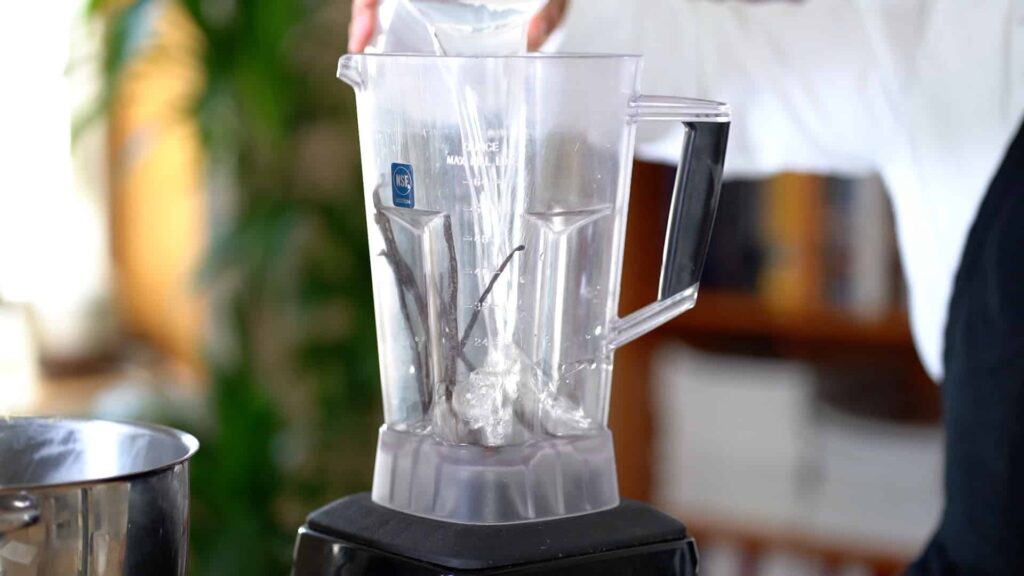
- Blend hot water with dry vanilla pods and sieve.
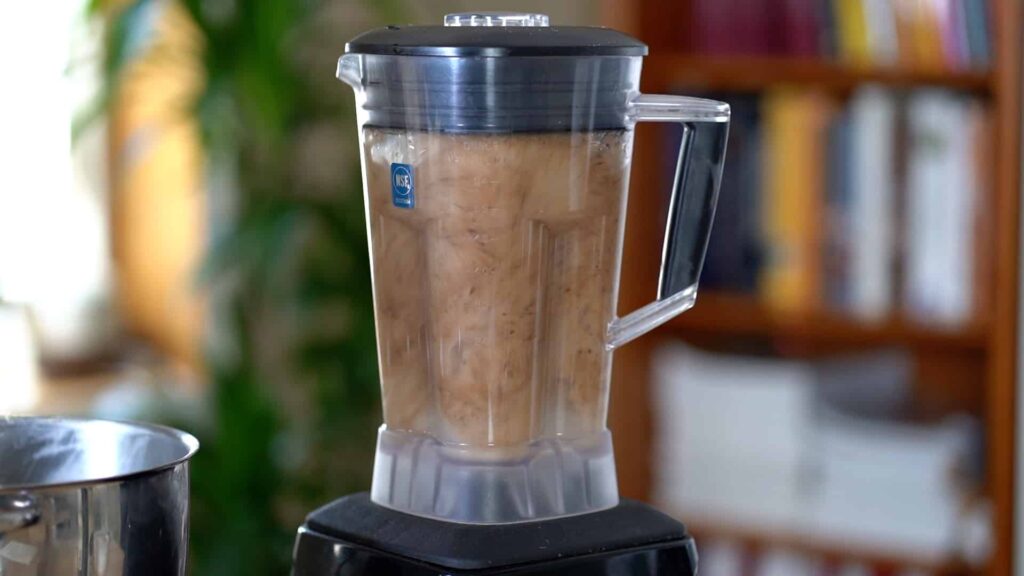
- Bring water, sugar, passion fruit puree and zest to a good boil. Add rum and let cool syrup to 104ºF/40ºC prior to use.
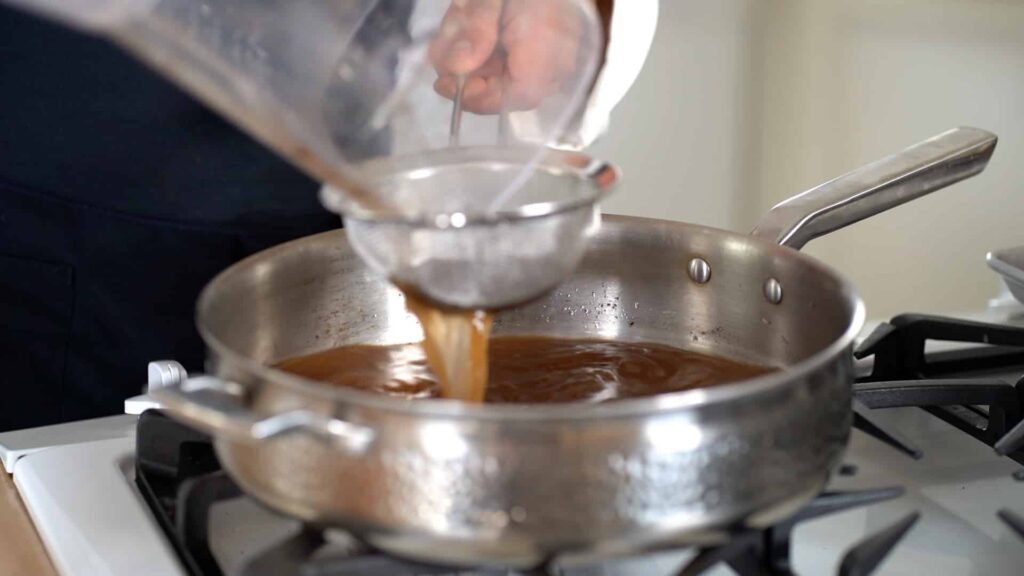
Piloncillo Vanilla Chantilly
- Grate piloncillo sugar.
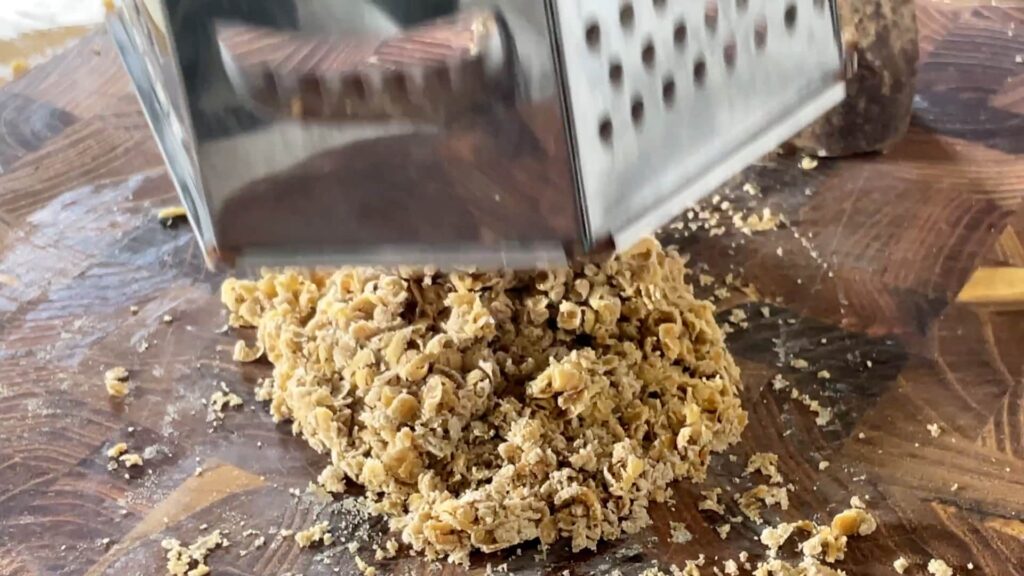
- Soak gelatin in cold water to soften, and drain. Bring to a boil, heavy cream with piloncillo sugar, and vanilla. Cover and let infuse for a few minutes.
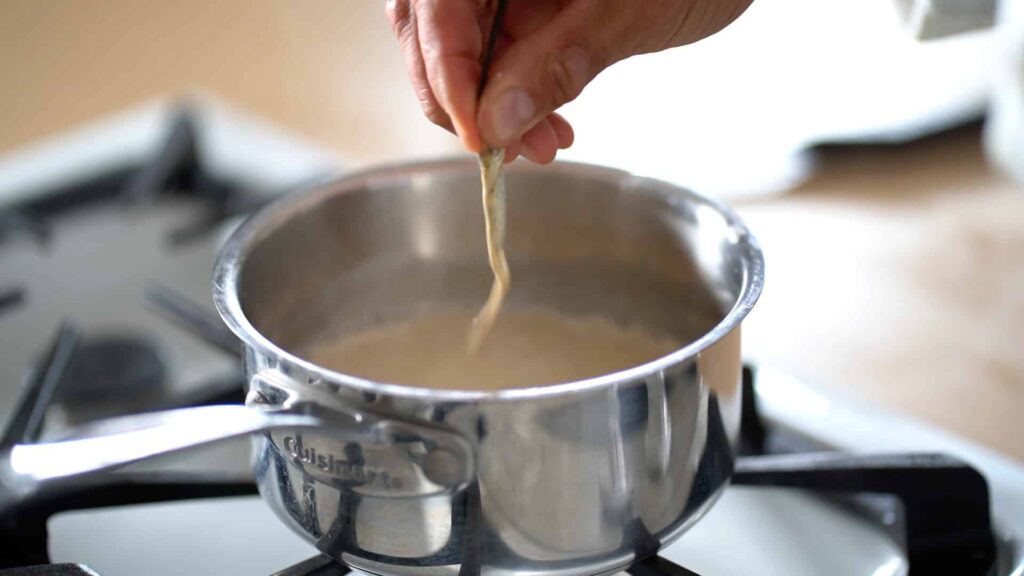
- Remove and squeeze out vanilla pod, rinse and save for later use. Add the softened gelatin and rum.

- Transfer mixture to a clean container, and refrigerate overnight before whipping.
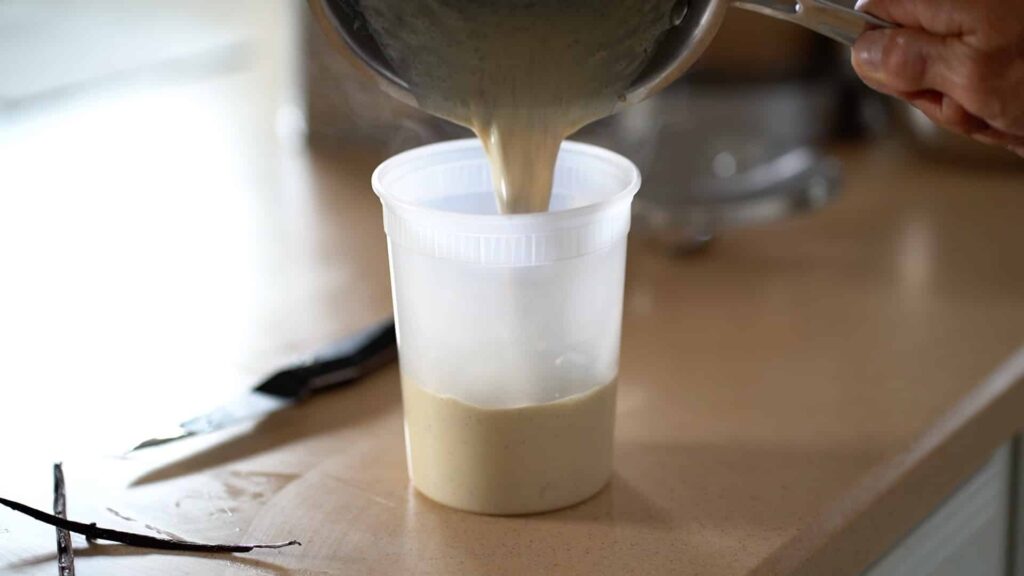
Light Vanilla Pastry Cream
- Soak gelatin in cold water to soften, and drain. Bring milk to a boil with vanilla, let infuse for a few minutes. Meanwhile, mix together the egg, sugar and starches.
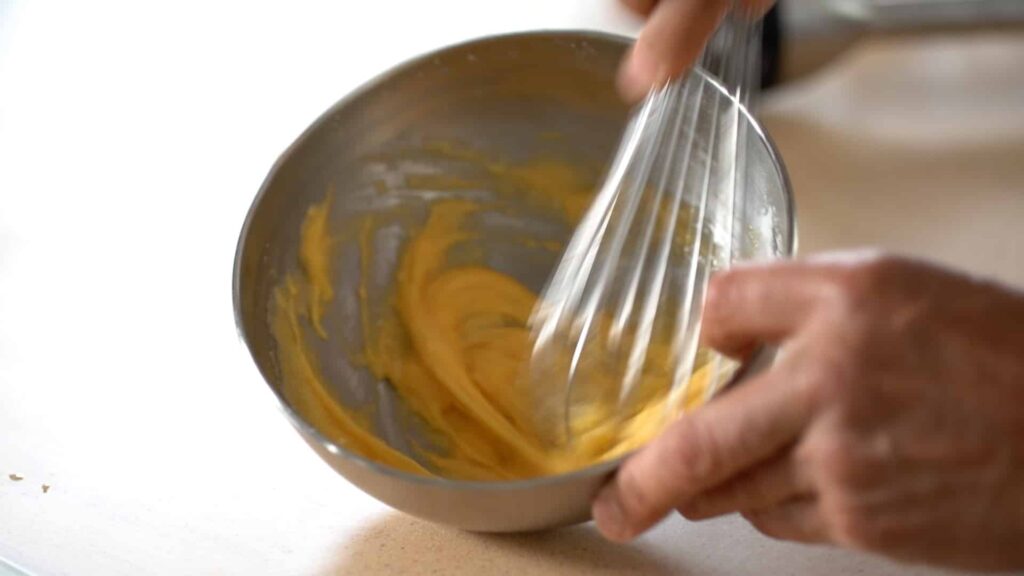
- Temper egg mixture with half of the hot milk.

- Pour mixture back to the saucepan, bring to a boil and cook for 2 minutes, whisking constantly.

- Remove from heat, and add the softened gelatin and butter. Mix with an immersion blender.

- Transfer hot custard onto a frozen baking tray lined with plastic warp. Cover it with plastic wrap in contact, top with ice pack to cool faster and refrigerate. Smooth out creme pâtissiere before using.

Apricot Glaze
- Heat up apricot puree with sugar, corn syrup and water. Separately, mix remaining sugar with pectin. Add it to the hot mixture, bring to a boil, and cook for 2 minutes; set aside. Store glaze in the refrigerator.
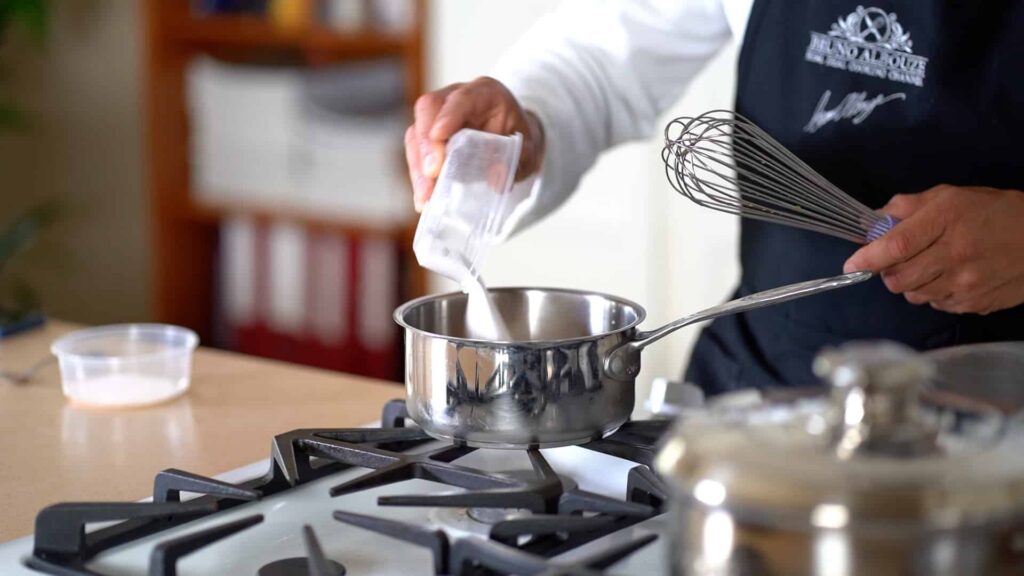
- In a large sautoir or pot, warm up baba syrup to 104ºF/40ºC. Add baba, soak baba cakes in syrup for a couple of hours. Flip them out, cover with plastic wrap and refrigerate overnight.

- Check babas making sure they are all well soaked. If not, flip babas and let them sit for sometime. Place a cooling rack over a baking tray and drain babas. Sieve leftover baba syrup and freeze for later use.
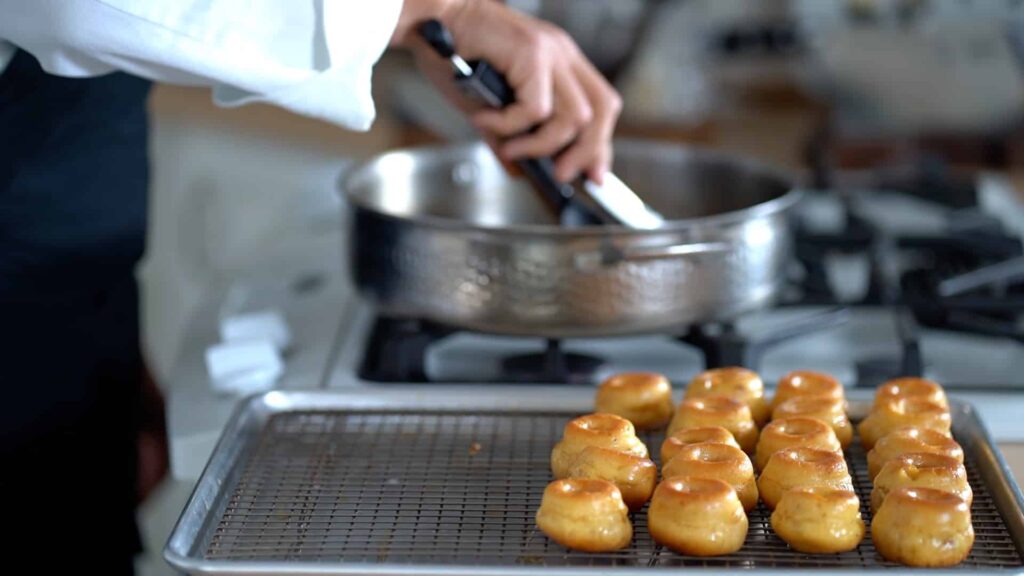
- Add a drizzle of dark rum on each baba if desired.

- Warm up apricot glaze.

- Glaze baba surface only. Refrigerate until ready to be finished. At this juncture, babas can be stored in the freezer for up to 3 months.
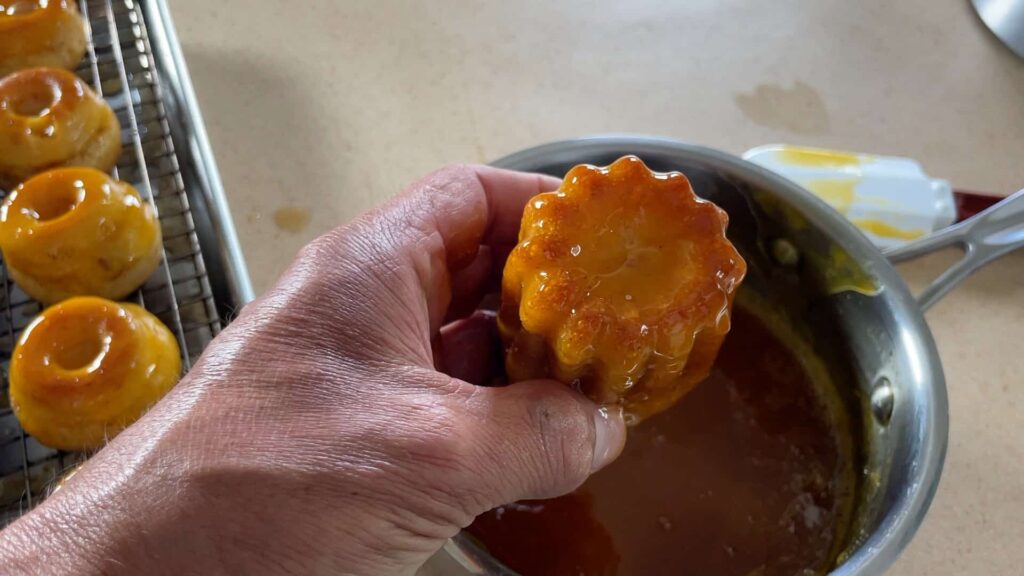
Montage
- Add a shot of dark rum in each glass.
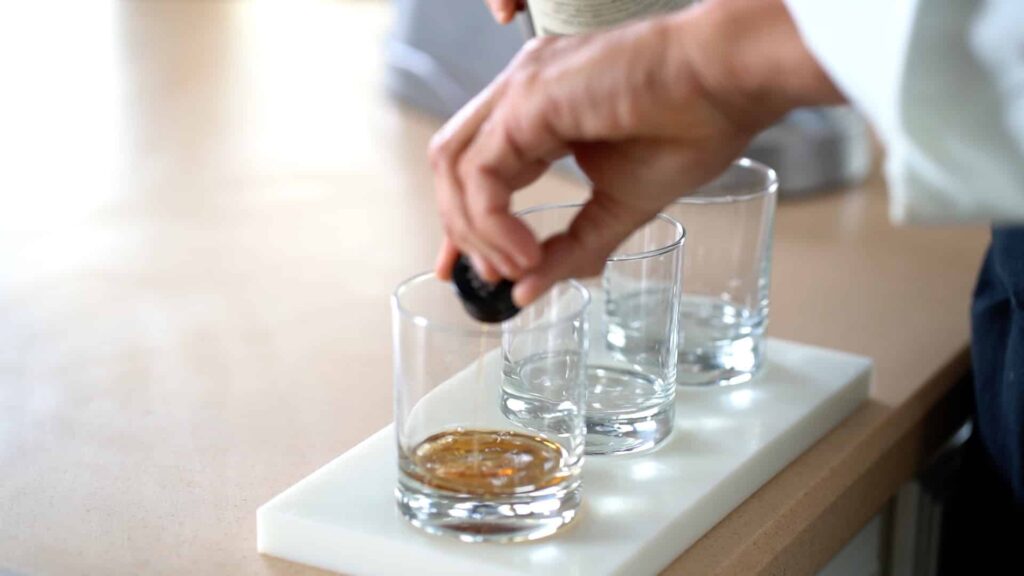
- Transfer cake in glasses with the help of a bamboo skewer.

- Whip pastry cream and transfer to a pastry bag fitted with the small plain piping tip.
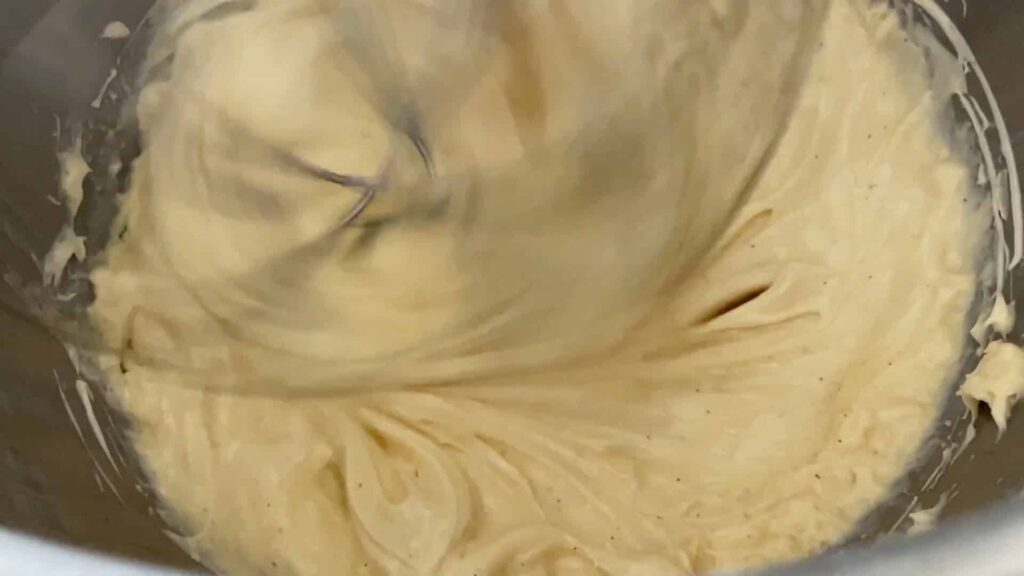
- Beat the chilled piloncillo vanilla mixture into a medium-firm peaks Chantilly. Fill a pastry bag fitted with the open start piping tip.
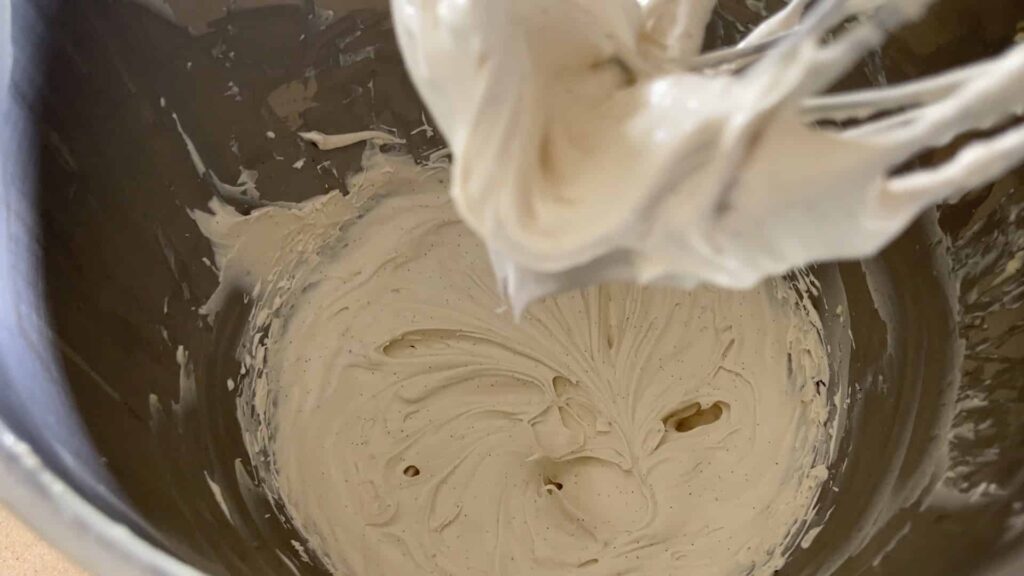
- Carefully, stuff or top cakes with some pastry cream.

- Pipe out generous Chantilly rosettes.

- To hold the Chantilly up, insert a dry vanilla pod through the cake or use another device.

Storage
- Finished babas can be stored a couple of days in the refrigerator. If not in glasses, babas can be kept frozen for 2 weeks.

This content is part of the PREMIUM SECTION

This recipe requires a All-content access subscription. The Premium section includes more than 50 essential recipes from French pastry and a special section for mastering artisanal bread.
The Premium section is only accessible with "A year at the table" subscription. Discover it with special first year discount.



